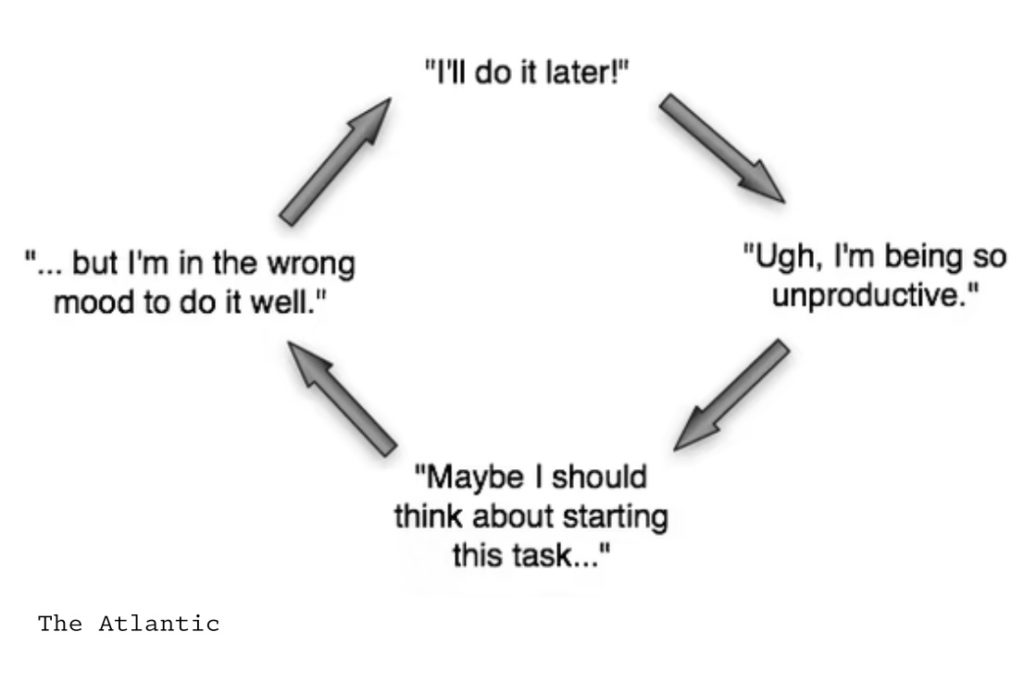Six takeaways:
- Enthusiasm for life (as 19th-century philosopher William James put it, “zest [for] the common objects of life.”) is one of the biggest and most often ignored drivers of individual happiness.
- We can take steps in our own lives to enhance/build our sense of enthusiasm. Overall, they involve a conscious decision to resist the urge to withdraw from the minutiae of life.
- One tactic to enhance your enthusiasm is to use the “As If Principle“: This is a “fake it till you make it” approach– research shows that intentionally faking enthusiasm for things can actually result in increased enthusiasm for them.
- One can also reframe challenges as chances. This is a common strategy in creativity and innovation, and a successful technique in business leadership. When presented with a challenge or problem, look at it as a chance to improve, learn, or build.
- It is also important to Curate Your Friends. If you notice a tendency to withdraw, try to hang out with people you find infectiously enthusiastic- the active, the extroverted. Their habits can rub off on you!
- Overall, some level of withdrawal can be healthy; it is also not sustainable to force enthusiasm on oneself- but being intentional about elevating enthusiasm’s role in your life can lead to a healthier, happier existence.
From Arthur C Brooks at The Atlantic:
Read the whole story.
Note: At the time of this posting The Atlantic offers five free article views per month.
This site may contain links to articles or other information that may be contained on a third-party website. Advisory Services Network, LLC and MAP Strategic Wealth Advisors are not responsible for and do not control, adopt, or endorse any content contained on any third party website. The information and material contained in linked articles is of a general nature and is intended for educational purposes only. Links to articles do not constitute a recommendation or a solicitation or offer of the purchase or sale of securities.





